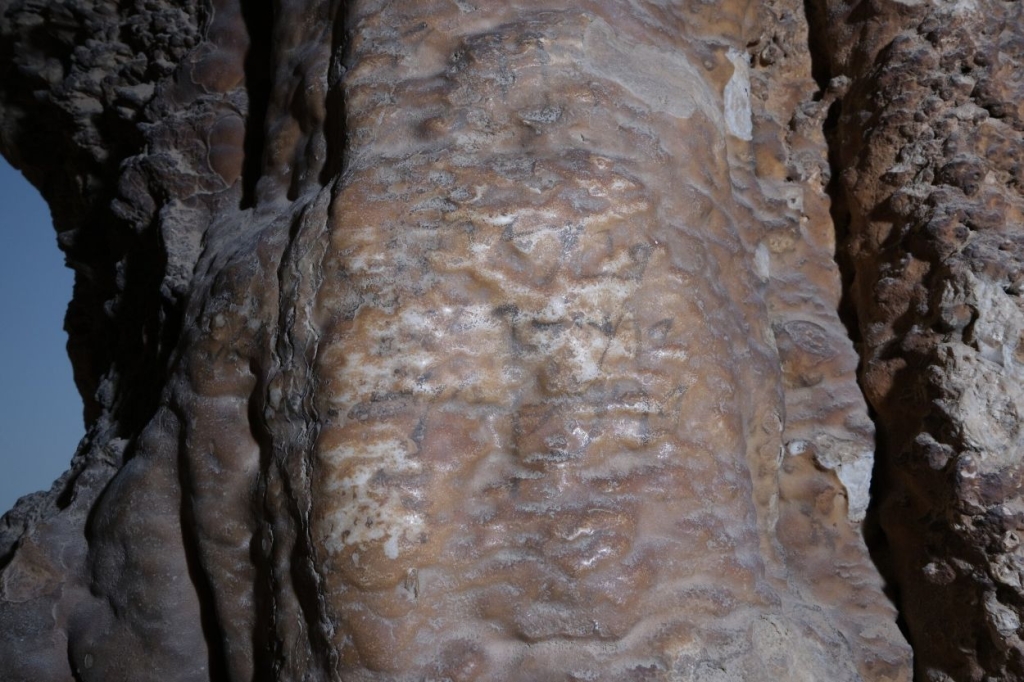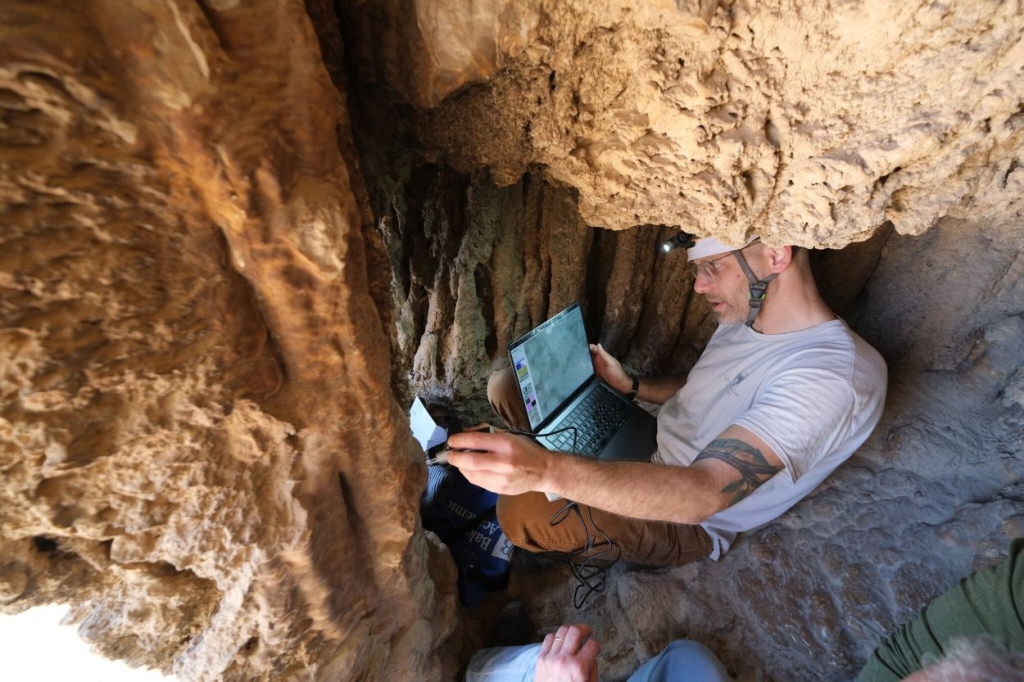Rare 1,900-year-old Aramaic inscription unearthed in Dead Sea cave
HOLY LAND — “Abba of Naburya has perished.” This striking phrase forms the opening line of a 1,900-year-old, four-line Aramaic inscription engraved in square Hebrew script and recently discovered in a cave near Ein Gedi National Park, close to the Dead Sea. Researchers from Ariel University, Tel Aviv University, and Hebrew University of Jerusalem say “Abba” was a common Jewish personal name, while “Naburya” refers to a Jewish village in the Galilee, near present-day Safed in Israel’s Northern District.
The remaining three lines of the inscription have yet to be fully deciphered. According to the Times of Israel, only scattered words or individual letters from those lines have been identified, and experts are skeptical about the possibility of interpreting more of the text. One of the researchers, Dr. Asaf Gayer of Ariel University’s Department of Land of Israel Studies and Archaeology, described the find as exceptionally rare.

“Written material from this period is, in general, extremely rare,” Gayer said. “Aside from the Dead Sea Scrolls, most inscriptions we have consist of just a single name or word. There is only one other site in the Judean Desert with graffiti that contains readable content. A four-line inscription with meaningful text is almost unheard of.”
Based on the script, the inscription is dated between the first and third centuries AD. Scholars believe it may have been carved by Jewish refugees or rebels from the Bar Kochba revolt against Rome in the second century AD, who possibly used the cave as a hiding place.
The square Hebrew script in which the text is written began replacing the ancient Hebrew script after the Babylonian exile of the sixth century BC. By the fourth and third centuries BCE, Judeans were increasingly abandoning the older script in favor of the square Aramaic script, as Aramaic had become the region’s spoken and written lingua franca. “That same square script is still used for Hebrew today,” Gayer noted.

The discovery evokes comparisons to the famed Dead Sea Scrolls, the oldest known biblical manuscripts in Hebrew, some of which were written in Aramaic. Found at Qumran between the third century BC and the first century AD, the Scrolls remain one of archaeology’s most important finds.
In the late 1950s, Athanasius Yeshu’ Samuel, Syriac Orthodox Metropolitan of Palestine and Trans-Jordan, played a key role in bringing fragments of the Scrolls to international attention. He acquired many Qumran manuscripts from a Bedouin tribe and, in January 1949, traveled to the United States to present them to the world amid the upheaval that followed the establishment of the State of Israel.




















